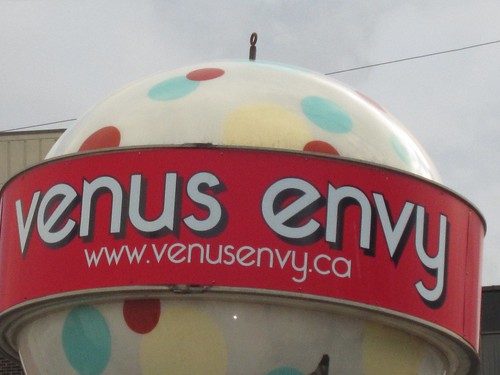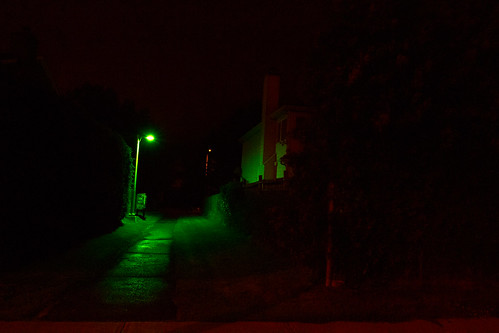If you keep up with photography technology, you've no doubt heard of the Lytro camera and the weird marketing pitch. For those who don't know, it's a camera technology that lets you shoot whatever pictures you want, and lets you focus later on in post. This was, according to Ren Ng, Lytro's founder, was the main problem the Lytro camera wants to solve.
Now, without getting into too much detail, this approach has serious issues. What it does is, in order to focus on any part of the image later, and be able to seamlessly go from 2D to 3D, it essentially creates a 3D image of the scene by measuring the speed and direction of light rays that hit its sensor (as opposed to capturing a cross-section of light at one time, if you want to think of traditional photography in that way). Couple that with software in post, and you can choose whatever focus point you want. Now, because of this, I seriously worry about its fastest shutter speed. A decent compact camera can have a shutter speed of 1/2000 of a second, or even 1/4000 of a second. If the Lytro camera has to measure light rays within time, it can't be as fast as these cameras (though some of the examples in their web gallery freeze movement adequately (though the ISO seems a bit high)), and in low light may end up blurring pictures because of movement (though still scenery, like landscapes, should theoretically come out better).
Also, because you need both the hardware and the software, it can't simply be considered a camera; it has to be a system, because your pictures will not come out properly without the software. This makes it quite cumbersome on trips if you want to post pictures as soon as possible without any kind of editing. (By the same token, many people don't want to bother with post-processing, reducing its mass appeal, given its need for post.)
The samples given on the Lytro website are also very noisy, which negates much of its usefulness if one wants to take a crisp, detailed picture. Lytro have said that they want to produce cameras by the end of the year, in small, affordable cameras. This is all nice and good, but I question the quality of the pictures if they want something with popular appeal from the start. (Go here and scroll a few pictures to the right, of the lady and the American flag. Very noisy blues in bright day light. It may be due to compression issues for web viewing, but that also brings up the question of file sizes. I'm pushing 25 to 30MB per picture on my bigger files on my 7D (and upwards of 15MB on my S95). I can only imagine how massive the files will be if they capture 'living pictures', as Lytro says.
However, if it shoots fast, and improves on noise performance, it could be a pretty interesting camera, though my guess would be it only develops a cult status, like a Lomo or Holga. Being able to refocus after the fact is a nice thing, but any good photographer will have the picture in focus to begin with (not to mention the fact that any good camera will be able to find focus a fair majority of the time), and so post is better spent editing more important things.
Onto what happened earlier today!
Frank
His note: Never heard it called that before.
Shannon
Her note: Had a bit of rain and then out came the rainbow.
Pat
It's not often street lights are green. I've walked a few times past this little walkway and found it pretty creepy, if only for the lighting.
Tomorrow will be long, but hopefully I will have something to show for it.



No comments:
Post a Comment